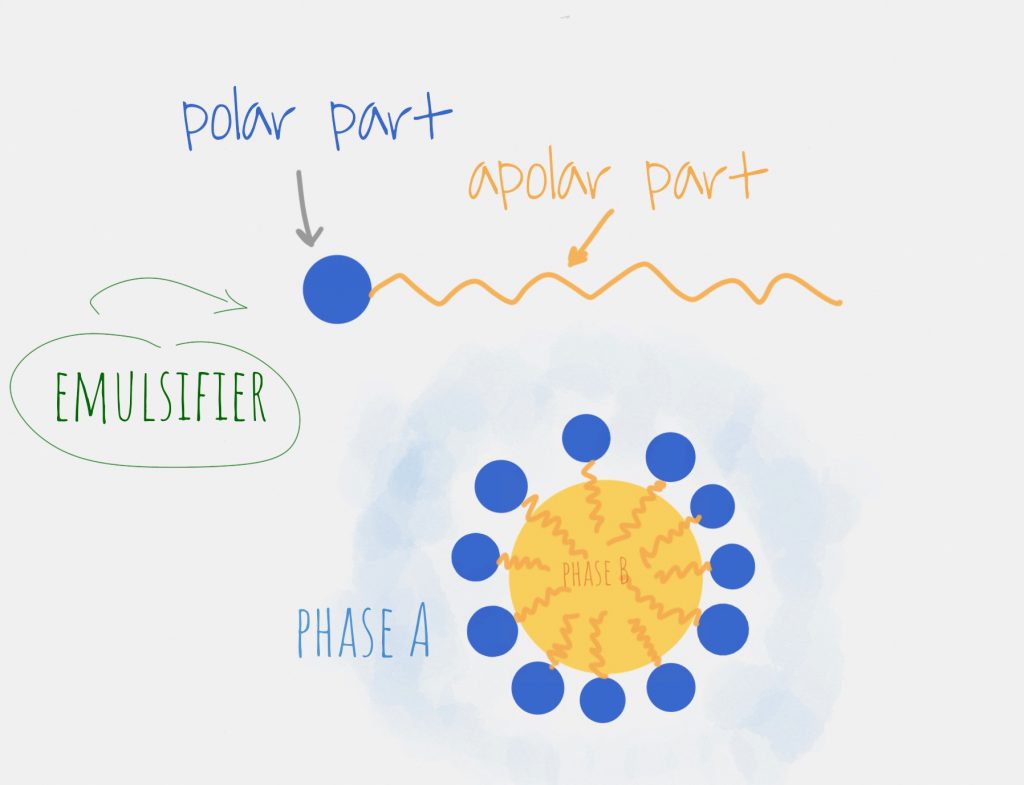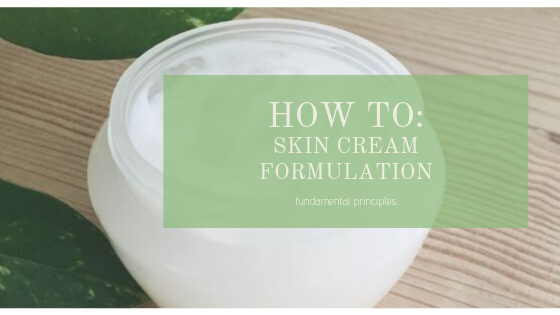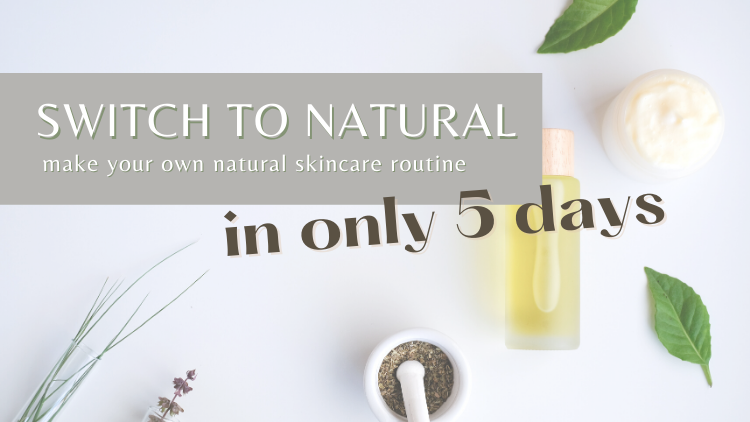Today, I would like to go deeper into an important topic about skin cream formulation: how creams or lotions are made. If you are interested in creating your own beauty products, it could be useful to discover what there is behind a simple mix of ingredients. If you want to know more about skin cream formulation, this post can help you to put a solid foundation in your DIY beauty products path. Let’s start with the difference between lotions and creams. Let’s start with the difference between lotions and creams by starting with some chemical basics.
Disclosure: Some of the links in this post are affiliate links. By clicking through them and making a purchase, I may receive a small commission WITHOUT any additional cost to you.
How to make creams and lotions
1. What is a skin cream?
Looking through the dictionary, a cream is defined as “a thick liquid or semi-solid cosmetic or medical preparation applied to the skin”
Creams and lotions are composed of two phases, that in normal conditions cannot be mixed, such as a water phase and an oil phase. If we pour some oil drops into a glass of water and we mix them vigorously, no matter how we shake it, oil and water will stay separate. This is due to their nature: water is a polar solvent while oil is apolar (here for more info about polarity). This condition makes a mix impossible and, as a result, we will have always two phases. During the formulation, we refer to the water and the oil phase as phase A and phase B, respectively.
To overcome this problem and be able to blend these two phases, we will need a compound that has both a polar and an apolar part: an emulsifier.

They will act in this way: the polar part or “hydrophilic head” will be dissolved in phase A (water) while the apolar part or “hydrophobic tail” will be dissolved in phase B (oil). This will lead to the creation of small drops of oil that are stably dispersed in water and the formation of what will be called an emulsion. To create a cream we will need a phase A composed of a mix of oils and butters, a phase B water-based, and an emulsifier that helps the two phases to form an emulsion
Now that we know what an emulsion is, let’s go deeper.
2. Lotions vs Creams
Both lotions and creams are the results of an emulsion, but what is their difference? The main difference is due to its consistency. Lotions, in fact, are much more fluid than creams, which result, instead, semi-solid.
The different consistency is given by the amount of water used. In fact, lotions have a large amount of water, which gives them their fluid appearance. The smaller amount of water used in the cream makes them much denser and more consistent.
3. Lotions vs Creams: What to choose
Depending on our skin type we will have to choose whether to formulate a lotion or a cream.
The lotion is ideal for normal or oily skin that does not need extra oils to be moisturized. The lotions are quickly absorbed, unlike creams.
The creams, instead, are suitable for dry skin, which needs more oils to be nourished and moisturized.
4. Guide to oils for skin
4.1 Viscosity
Beyond the amount of water used, a certain % of oils and butter are used in lotions and creams, which may vary depending on the formulations and skin type. However, the oils are not all the same and their choice should not be random, that’s why is important to choose the right oil. Oils are classified into different groups according to their viscosity.
I.e.:
- Jojoba and coco-caprylate are considered really light;
- argan, olive, coconuts oil are light,
- babassu and avocado oil are medium,
- castor and linseed oil are heavy.
After those, we have butter like mango butter and shea butter.
For my formulations, I try to use a representative oil of each category, of course in different % according to the goal of the cream. For example: if I want to prepare an oil-free skin lotion, I will use more ‘really light’ oil than butter.
4.2 Evaluation of comedogenicity
Another characteristic of the oils and butter to be considered is the evaluation of comedogenicity. A comedogenic ingredient is a substance that could cause clogged pores and the appearance of pimples or blackheads. In order to evaluate whether an ingredient is comedogenic or not, scores have been assigned ranging from 0 (Not likely to clog pores) to 5 (High chance of clogging pores).
Depending on our skin type and the characteristics we want to provide to the cream or lotion, it will be up to us to choose the ingredients that best suit our needs.
Short break: “Do you want to start making your own beauty products from scratch?” Start now learning how to make an entire lip care routine (scrub, lip mask, and lip balm)!
I designed this short ebook to help makers to create their own products at home starting from zero! Knowing why certain ingredients are used is the key to creating perfect and effective products! In this ebook, you will find not only 3 recipes (about lip scrub, lip mask, and lip balm) and instructions but also the basics of understanding why and which ingredients to use. Check it out!
Gabi

Conclusion
Now that we know that creams and lotions are emulsions and that each oil is different, let’s see what ingredients are needed to create an emulsion. Click here to find a post entirely dedicated to the ingredients that can’t be missed in Phase A and B but also how to customize our products with additional active ingredients. Read the list of the ingredients you should have to start making DIY skin cream. An example of skin cream formulation is here!
Hey, don’t miss my FREE natural skincare challenge! Grab it now and switch to natural!!
Gabi
If you like my content, help me with a small donation. With your support, I would like to buy new ingredients and create original healthy beauty products! Thank you :).



This is really interesting, You’re a very skilled blogger.
I have joined your feed and look forward to seeking more of your wonderful post.
Also, I’ve shared your site in my social networks!
Thanks 🙂
Thanks so much for the article post.Really thank you! Awesome.